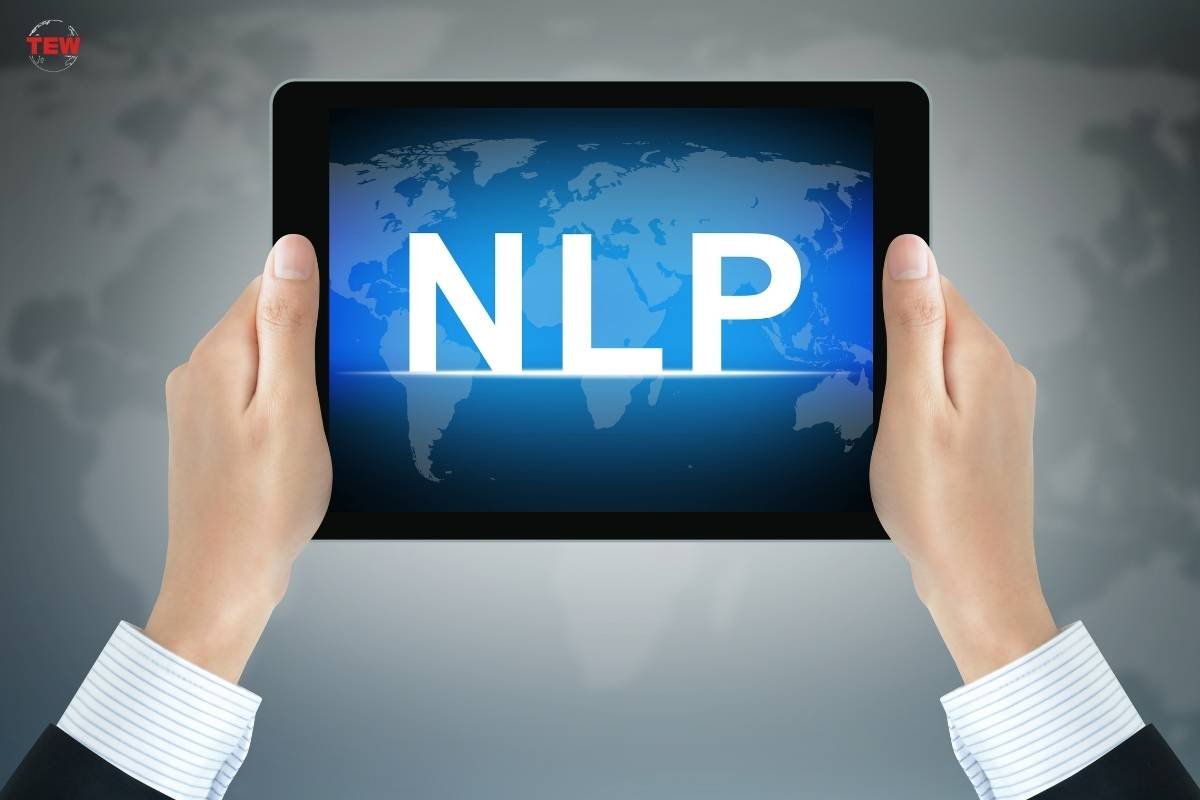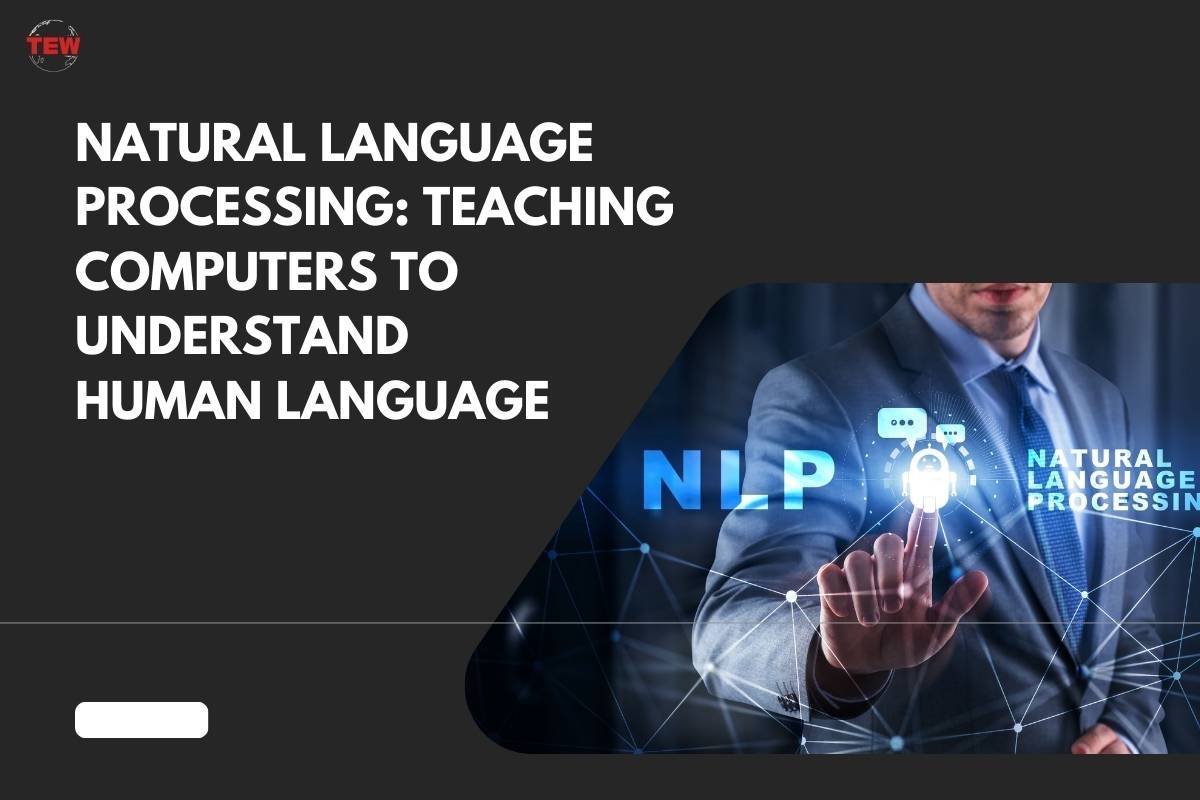Natural language processing, or NLP, is teaching a program on a computer how to comprehend “natural language.” This is human language that is both written and spoken, and NLP falls under artificial intelligence or AI. NLP has existed for over 50 years, but its origins are in language study. It can be applied in a variety of contexts in the real world, including search engines, business, and medical research.
To figure out what writing means and how it is put together, NLP uses two methods: machine learning and rule-based. You can find NLP in almost every industry and arena, such as translation apps, text-based scanning programs, voice assistants, and chatbots. It also plays a part in corporate software that helps businesses run, boost productivity, and simplify different tasks.
How Does The Processing of Natural Language Processing Function?

NLP is a process that allows machines to understand natural language in the same way people do. Artificial Intelligence (AI) can process and interpret real-world data in a way that is
understandable to computers, regardless of whether the language is spoken or written.
Just as people have different senses, such as hearing and sight, computers can also ‘read’ and ‘hear’ using programs and mics. And just like people have brains that process what they are told, machines have programs that process what they are told. The input is changed into code that the machine can understand at some point in the processing.
Natural language processing consists of two key steps: preprocessing the data and creating new algorithms.
Data preprocessing is organizing and preparing text data for machine examination. Data is transformed into a usable format and text segments a computer can comprehend are identified
through preprocessing. An algorithm is made to handle the data after it has been preprocessed. There are a lot of different algorithms for processing natural language, but the two most popular ones are:
1. Rule-based:
Language rules were carefully thought out for this system. This method was used early on, when natural language processing was in the developmental stages, and it is still relied on.
2. Machine learning:
Statistical methods are used by machine learning systems. They learn how to do things by being given training data, and as more data is received, the way they do things changes. Algorithms that combine deep learning, machine learning, and neural networks enable the repetitive processing and learning of natural language rules.
Why Does NLP Matter?

A lot of unorganized, text-filled data is used by businesses, and they need a way to handle it quickly. Much of the data created online and kept in files is natural human language. Until recently, companies couldn’t figure out how to use this data efficiently. This is why natural
language processing is helpful.
People often use vague words and phrases, and machine learning systems haven’t been good at figuring them out in the past. Now that deep learning and machine learning have gotten better, computers can understand them better. These changes make it possible to examine more types and amounts of data.
NLP is also useful when someone talks to a chatbot online or an AI voice helper for the same reasons. Instead of speaking to Siri or Bixby (AI assistants) on their phones in a predetermined language, users could talk to it normally and it would still understand them.
The evidence of how useful chatbots are, for example, can be particularly seen in the world of online casinos. Query resolution is offered 24/7, meaning users’ experiences are greatly
enhanced. In an industry where time is literally money, efficient turnaround times for any issues or complaints matters a great deal.
Chatbots can also assist human agents by dealing with multiple things simultaneously, thereby streamlining operations and giving support staff time to focus on more critical issues. Not only that, but you may find that certain online casinos’ chatbots can provide games and preferences specifically tailored for players. This level of personalized attention ensures first-time players will return, and others will stay loyal to the platform.
It is evident how NLP has streamlined many businesses on the internet with the use of chatbots. From financial institutions to any reputable online site, you have to specify your area of query and only if the scope is beyond the chatbot’s realm of understanding will you then be directed to an agent.
Other Real-World NLP Uses

Apart from customer service automation and feedback analysis, NLP can also be used in these ways:
1. Translation tools
using the internet to translate documents and audio into another language.
2. Detection of plagiarism
sites like CopyScape, Grammarly, and QuillBot use this technology to determine if writers have plagiarized their work.
3. Predictions about stocks and information about dealing in stocks.
NLP tools can look at market history and a company’s annual report, which has detailed summaries of its financial success.




